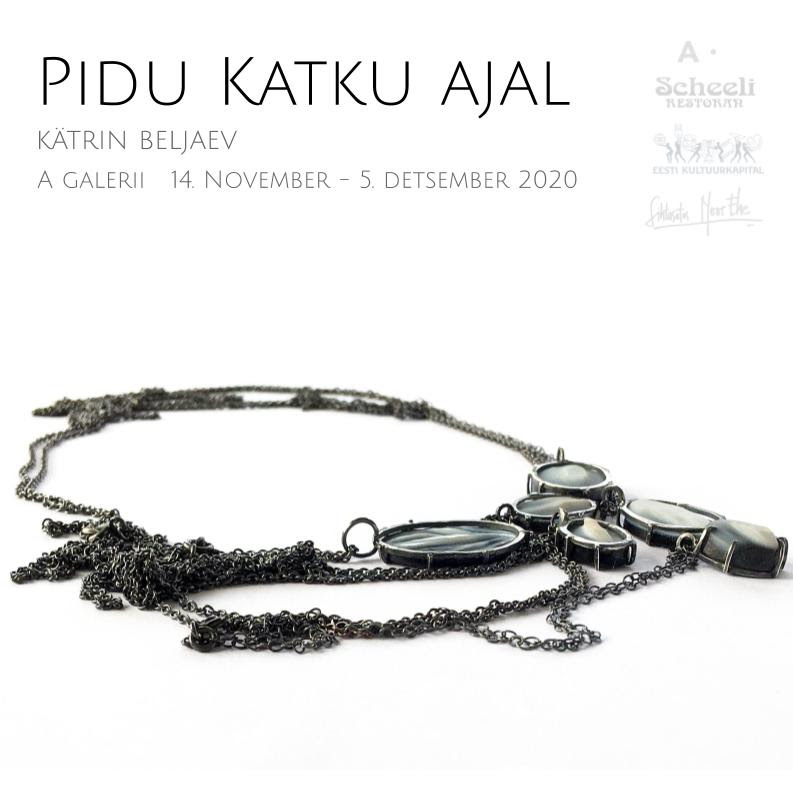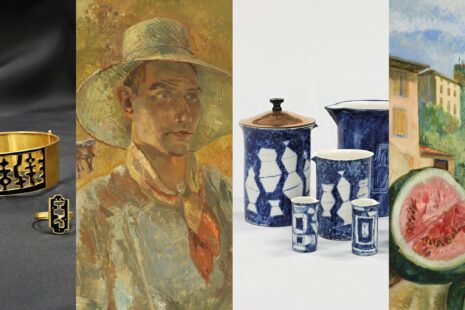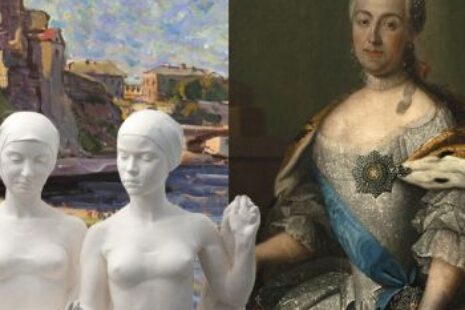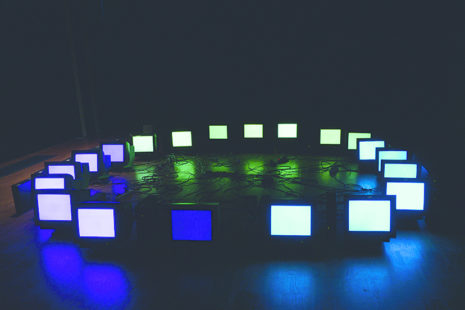Epidemies have always plagued human society. When the previous one is forgotten,
the next one knocks on the door. The land is then bedecked with an atmosphere of fear. Institutions are operating as they consider most useful for the society and people must follow with duty, disperse, keep distance and stay under.
the next one knocks on the door. The land is then bedecked with an atmosphere of fear. Institutions are operating as they consider most useful for the society and people must follow with duty, disperse, keep distance and stay under.
The philosopher George Bataille writes in his 1949 book “The Accursed share: An Essay on General Economy” about energy as a resource that is always in excess and
raises a choice of either using it beautifully and enjoyably or turning it into a destructive force. During the times of an epidemic, the over-boosting energy of restrained people begins transforming into new forms. The trapped energy can morph into a paranoid destructive rage against the social order. For example, during the second cholera epidemic in Russia, foreign doctors were made to be the culprits.
raises a choice of either using it beautifully and enjoyably or turning it into a destructive force. During the times of an epidemic, the over-boosting energy of restrained people begins transforming into new forms. The trapped energy can morph into a paranoid destructive rage against the social order. For example, during the second cholera epidemic in Russia, foreign doctors were made to be the culprits.
Surplus energy can be released with partying. Secret and exclusive, these little vortices of life (and death) have a particularly dark, sinful and erotic taste during the times of change. The beautiful waste of excess energy gives birth to a new and unplanned beauty, it creates decameronic fragments of art for the future. These times are interesting but not unique, it has some déjà vu in it!
Kätrin Beljaev (1982) has obtained an MA degree from the Estonian Academy of Arts (supervised by Professor Kadri Mälk) in 2015 and has studied in Florence and Porto. She has participated in various exhibitions in Estonia and abroad. As a freelance artist, she has been acknowledged with the grant from Foundation of Young Estonian Jewellery in 2016. Her artwork belongs to the permanent collection of Estonian Museum of Applied Art and Design. Current exhibition pieces have been made in the artist residency in Idar-Oberstein, Germany, the old European center of gemstone work.
Gallery name: A-Gallery
Address: Hobusepea 2, Tallinn
Opening hours: Mon-Fri 10:00 - 18:00, Sat 11:00 - 16:00
Open: 14.11.2020 - 05.12.2020







